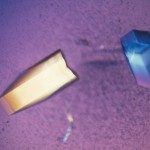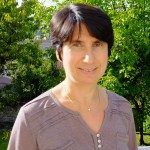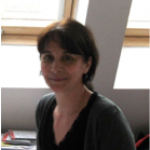Link to Pubmed [PMID] – 15801836
J. Med. Chem. 2005 Apr;48(7):2457-68
We present an improved version of the program LEA developed to design organic molecules. Rational drug design involves finding solutions to large combinatorial problems for which an exhaustive search is impractical. Genetic algorithms provide a tool for the investigation of such problems. New software, called LEA3D, is now able to conceive organic molecules by combining 3D fragments. Fragments were extracted from both biological compounds and known drugs. A fitness function guides the search process in optimizing the molecules toward an optimal value of the properties. The fitness function is build up by combining several independent property evaluations, including the score provided by the FlexX docking program. One application in de novo drug design is described. The example makes use of the structure of Mycobacterium tuberculosis thymidine monophosphate kinase to generate analogues of one of its natural substrates. Among 22 tested compounds, 17 show inhibitory activity in the micromolar range.



